Detailed Report on the Human Respiratory and Cardiac Systems
VerifiedAdded on 2023/06/07
|12
|709
|120
Report
AI Summary
This report provides an overview of the human respiratory and cardiac systems, highlighting their crucial roles in maintaining overall health. It discusses ventilation, the process of gas exchange, and contrasts it with pulse rate, which measures heartbeats per minute. The report also examines how blood is redistributed during exercise to support working tissues and organs, while reducing flow to other systems like the digestive system. Circulatory diseases, which affect veins and arteries, are explored, emphasizing the impact of environmental factors on their development and severity. Furthermore, the report categorizes respiratory disorders into chronic and infectious types, with a focus on pulmonary infections caused by viral or bacterial attacks and infectious respiratory diseases like rhinitis and asthma. Risk factors associated with these diseases, such as tobacco smoking, biomass fuel use, and air pollutants, are also examined. The report concludes by reiterating the vital functions of the cardiovascular and respiratory systems, noting the key components of the respiratory system, including the lungs, alveoli, trachea, and bronchioles.
1 out of 12
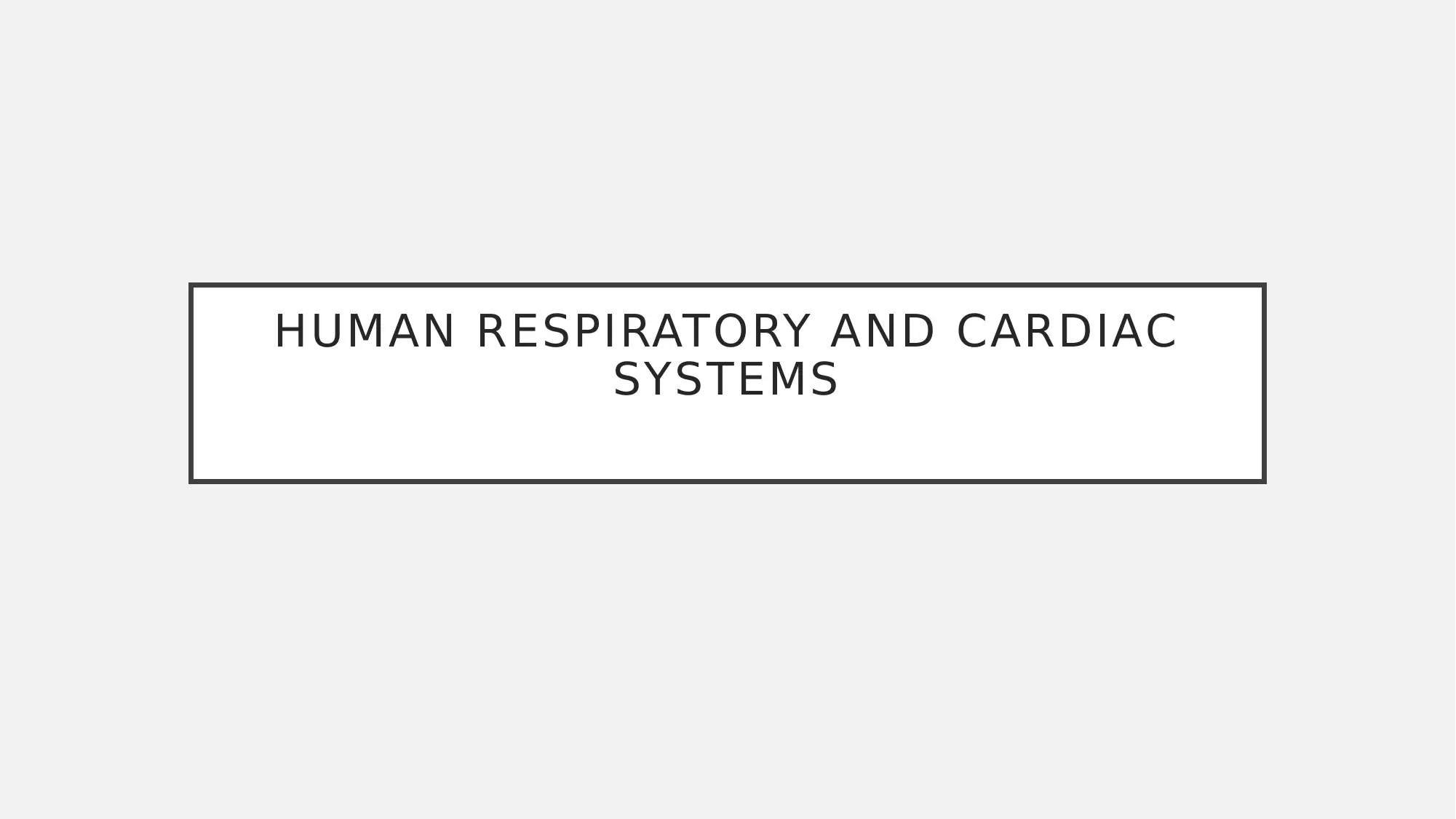
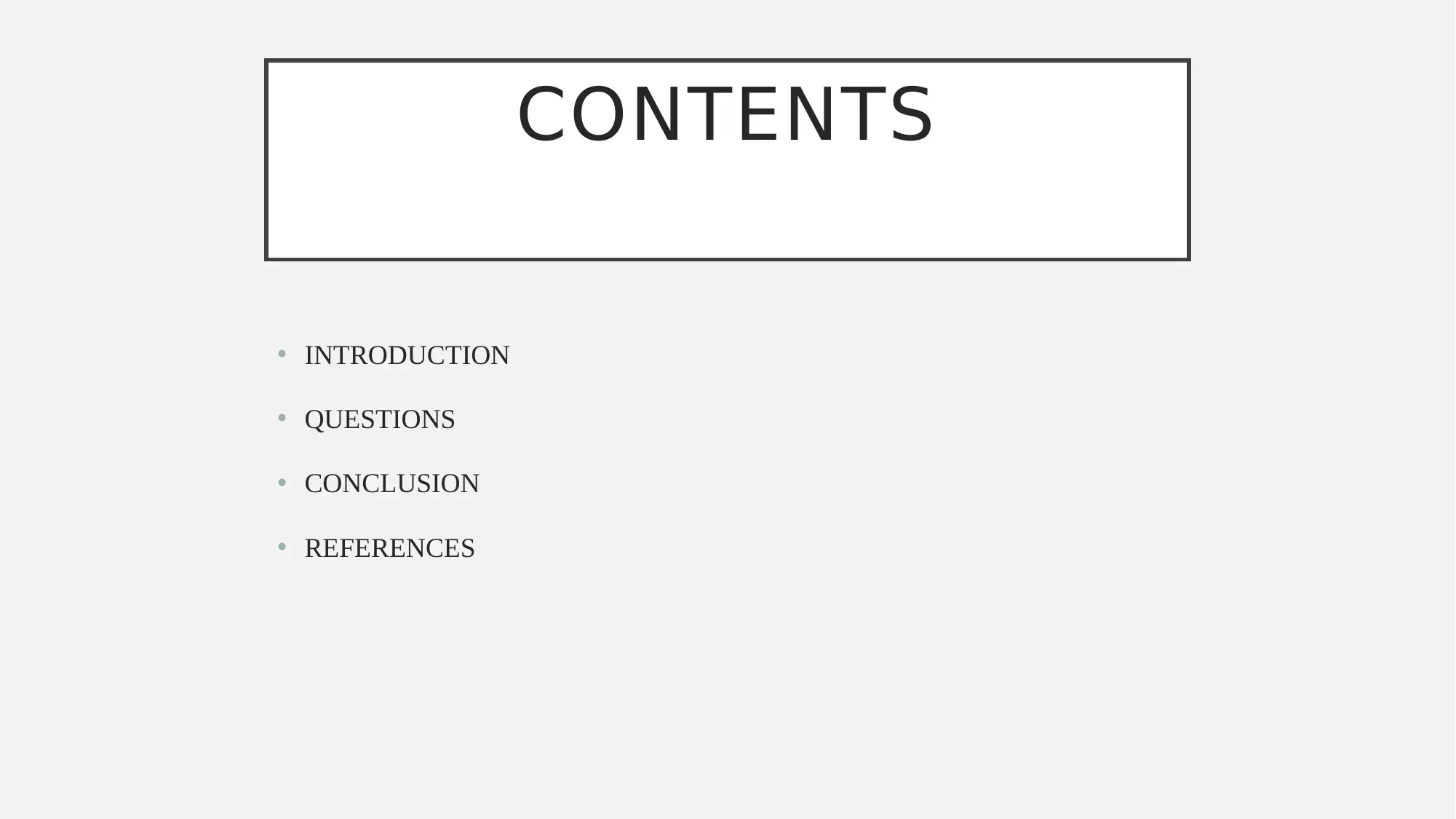
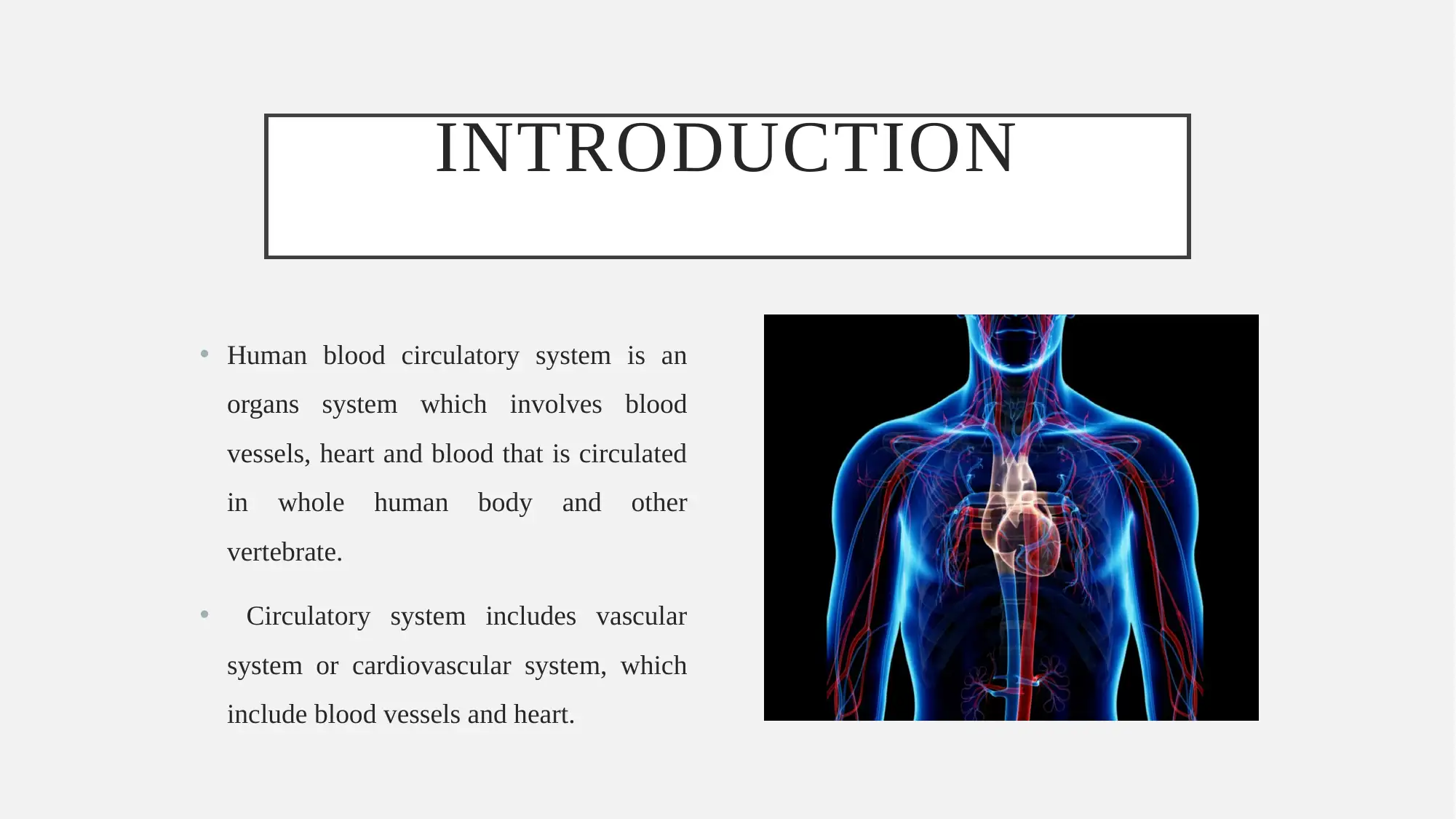

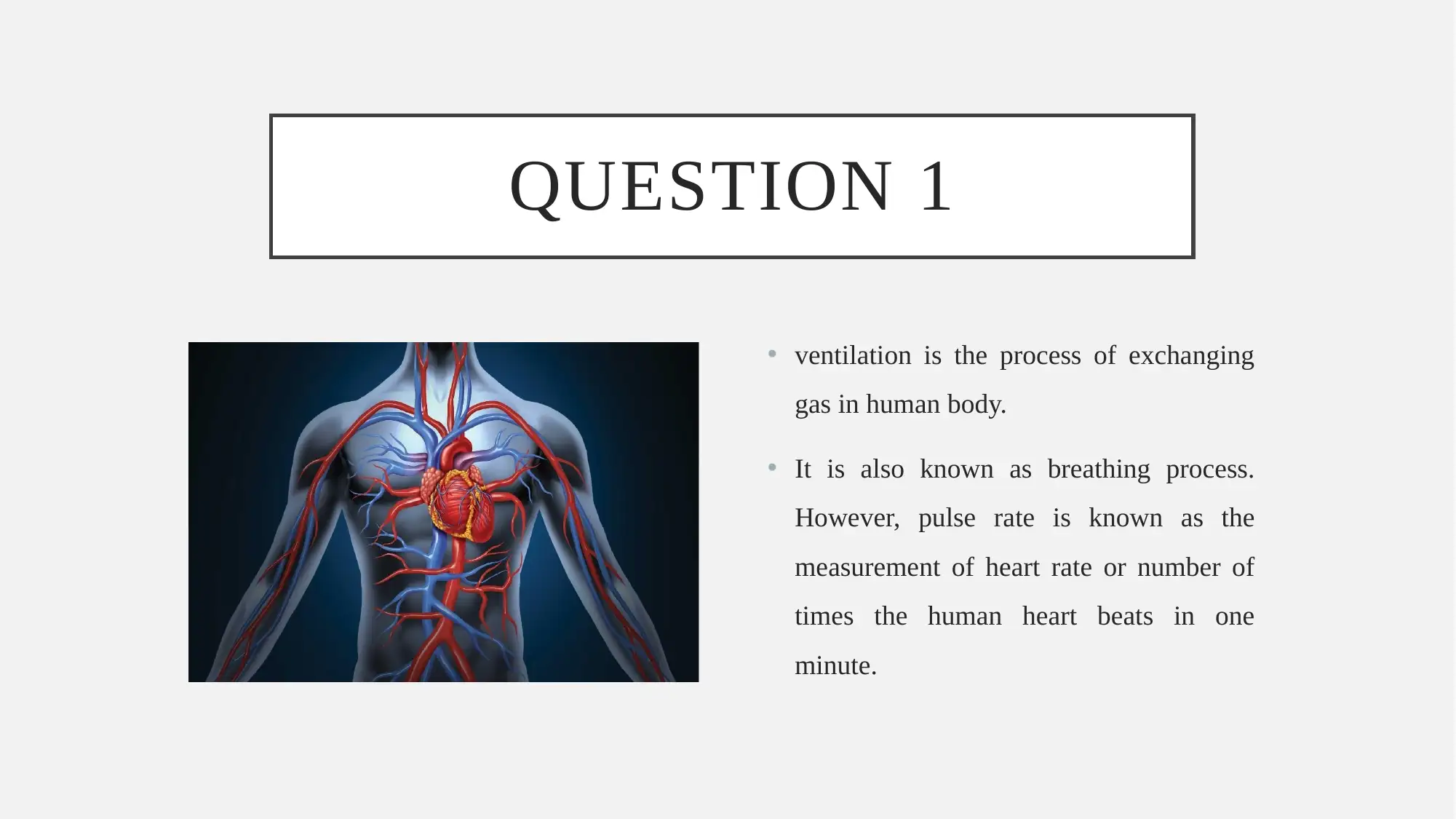
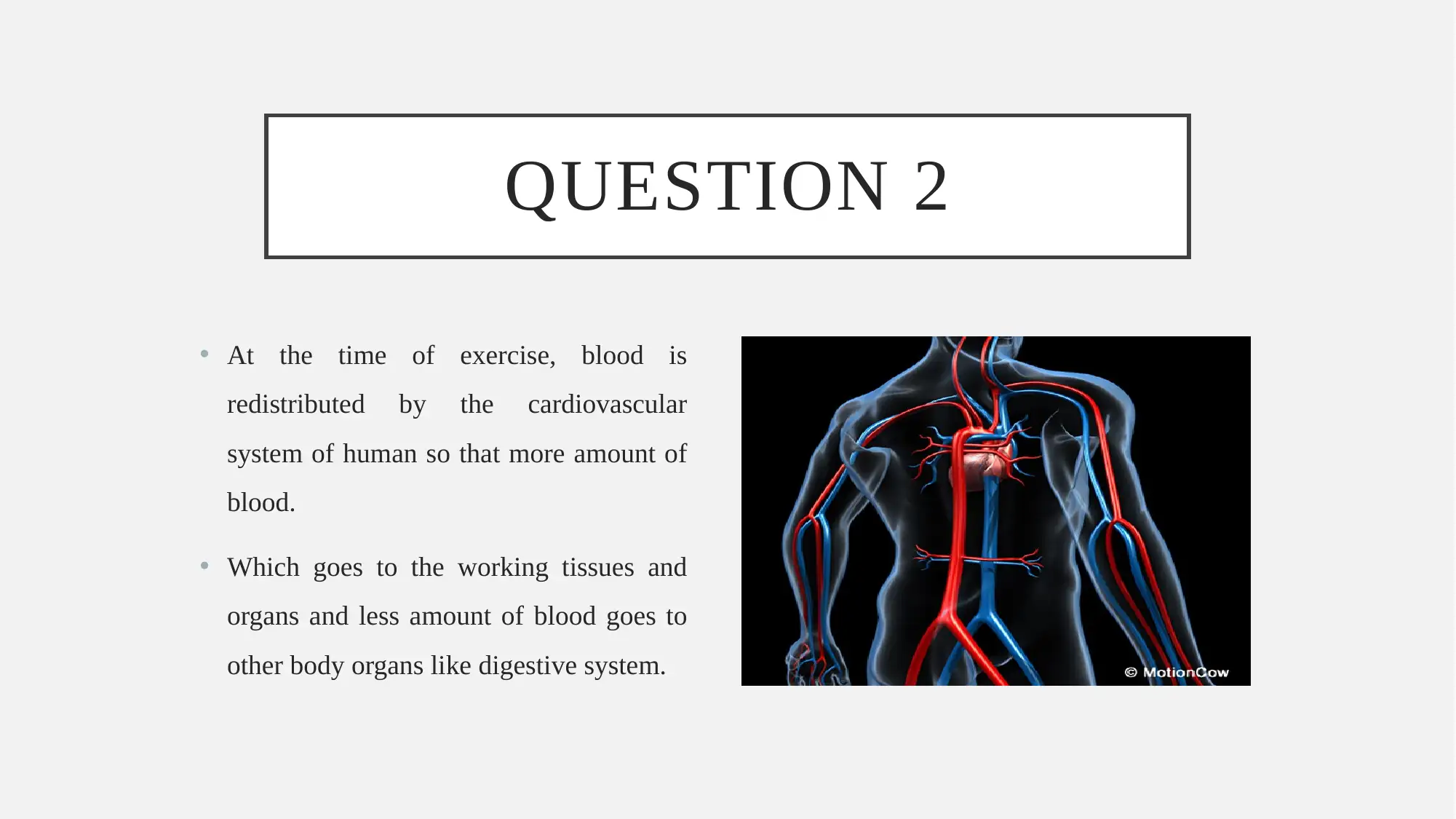
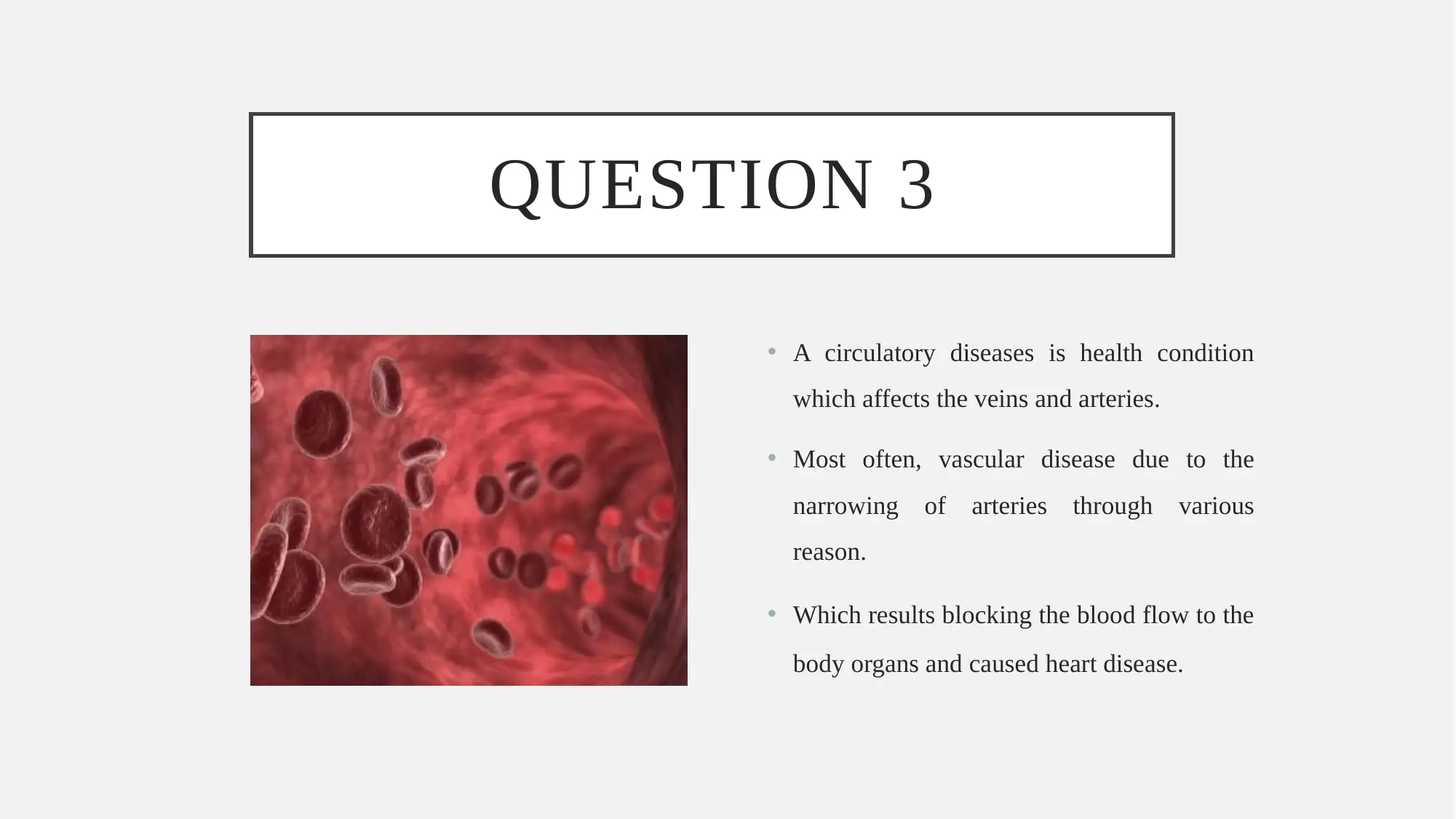
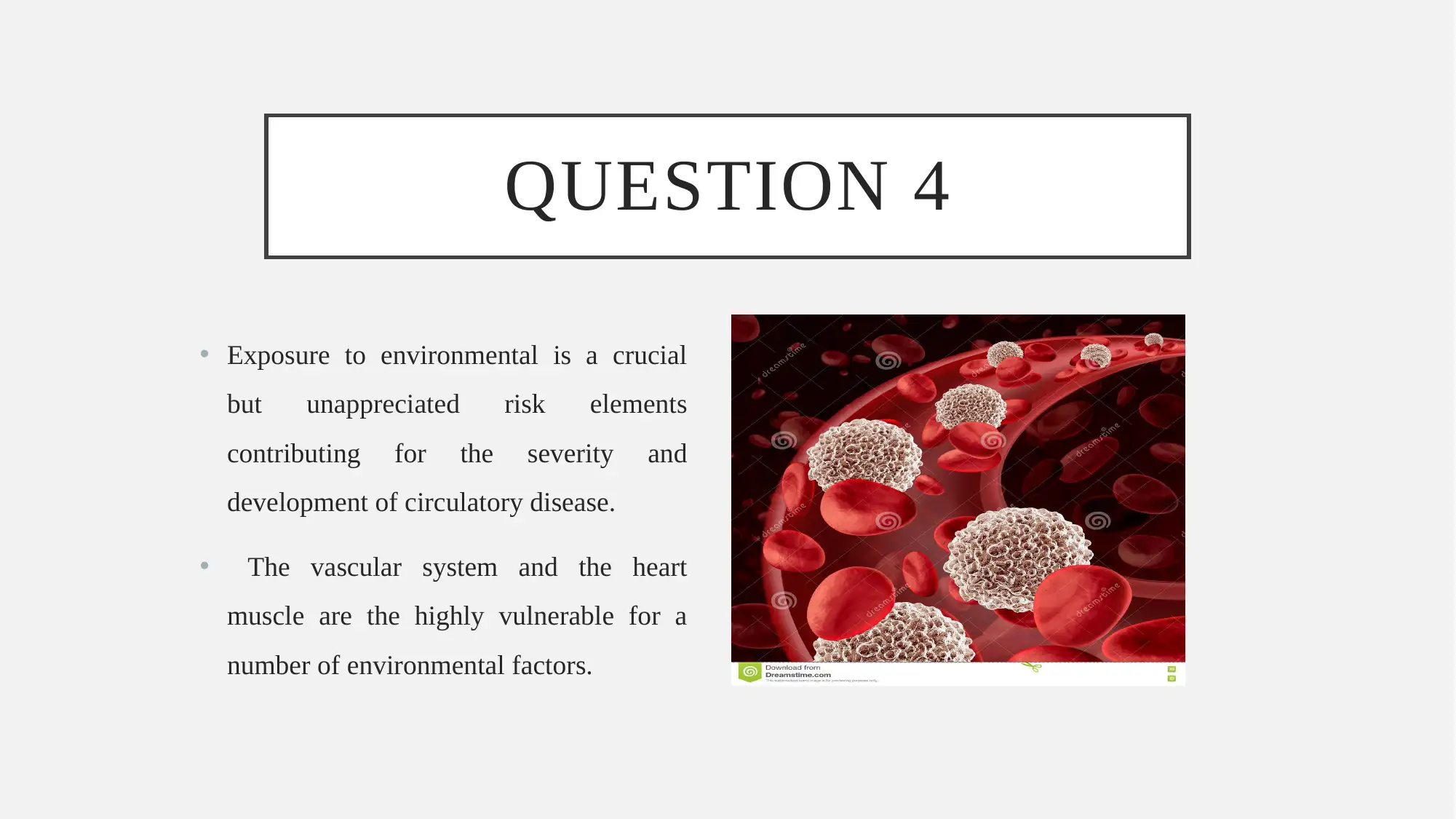
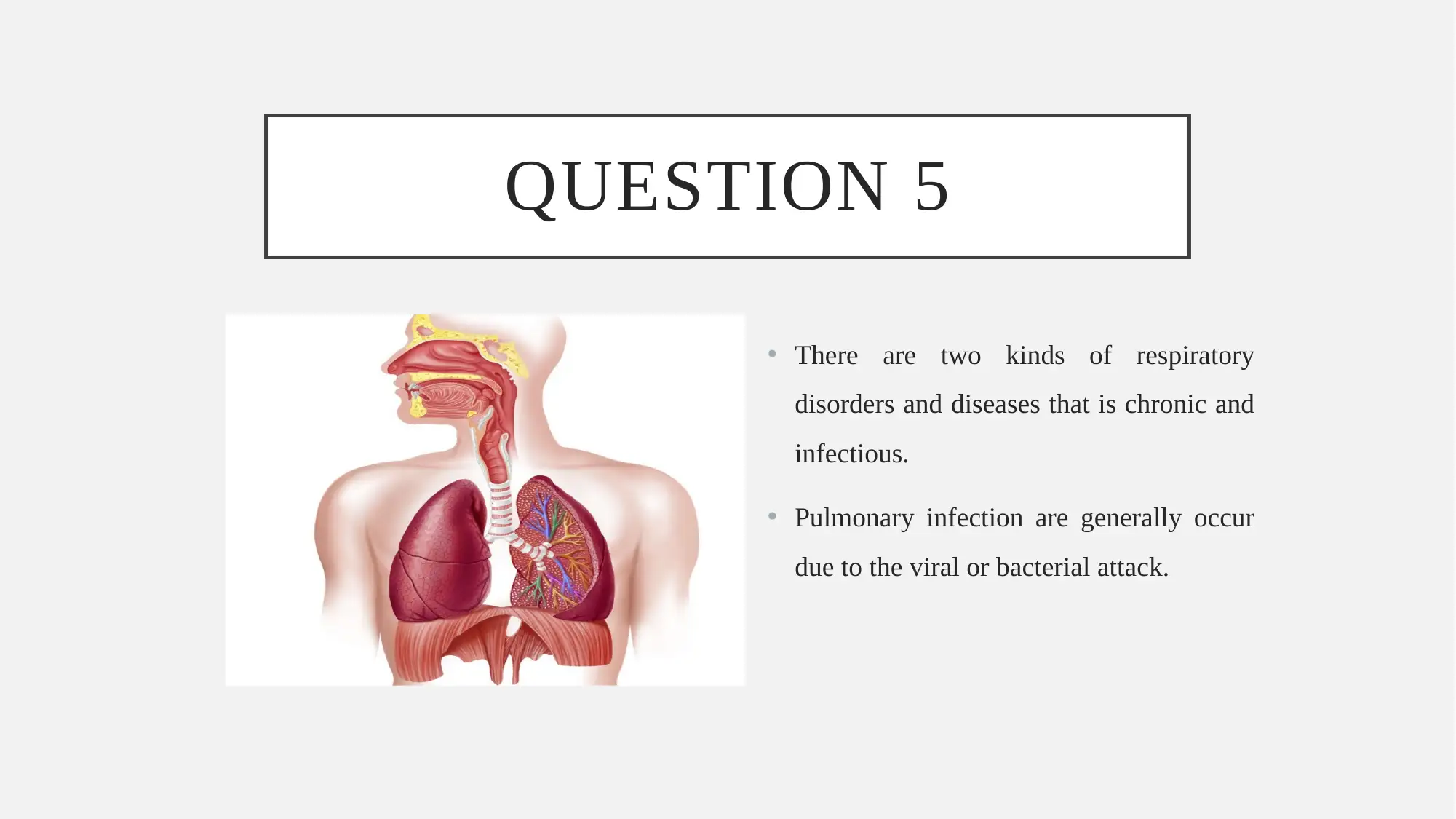
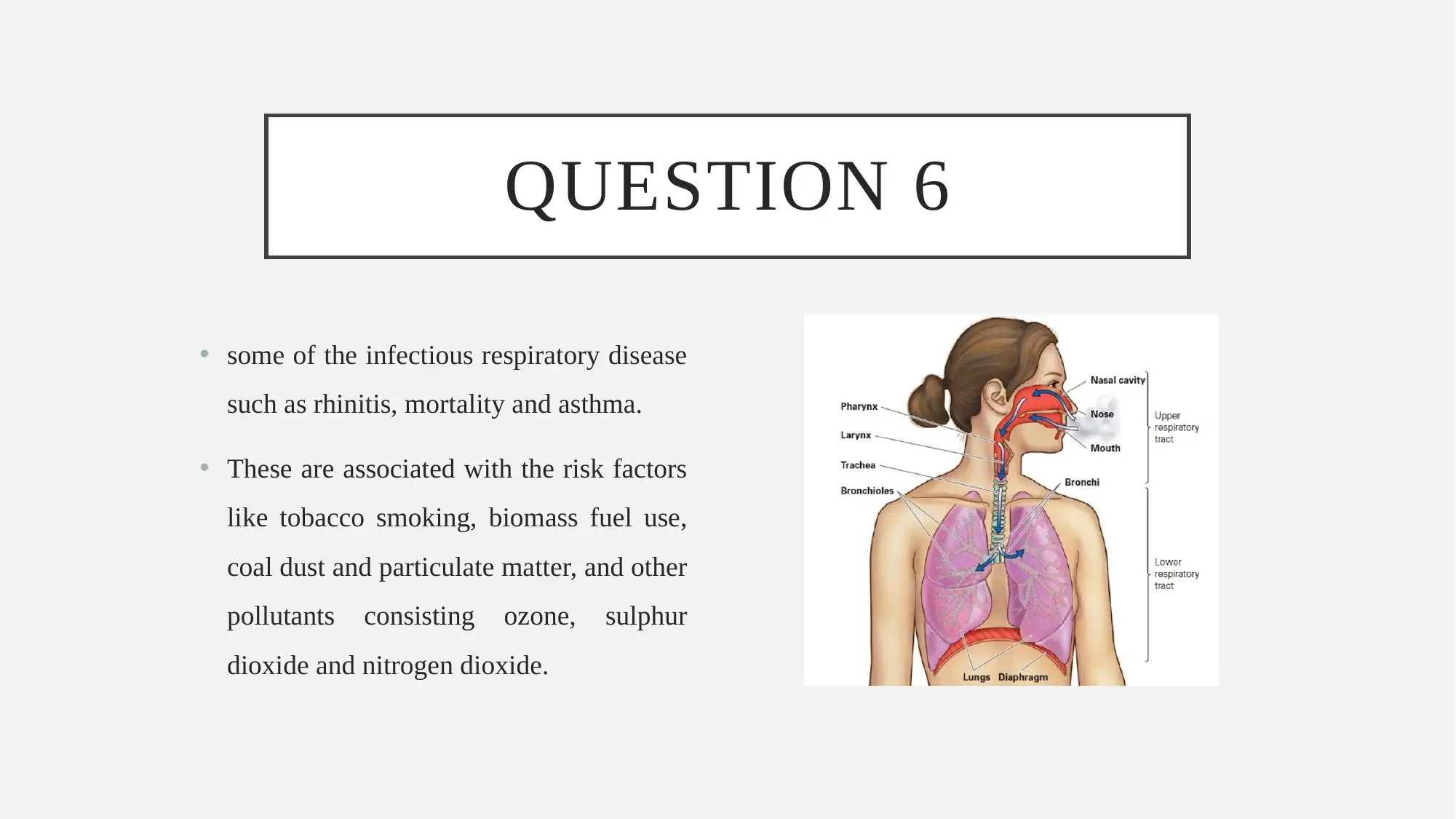
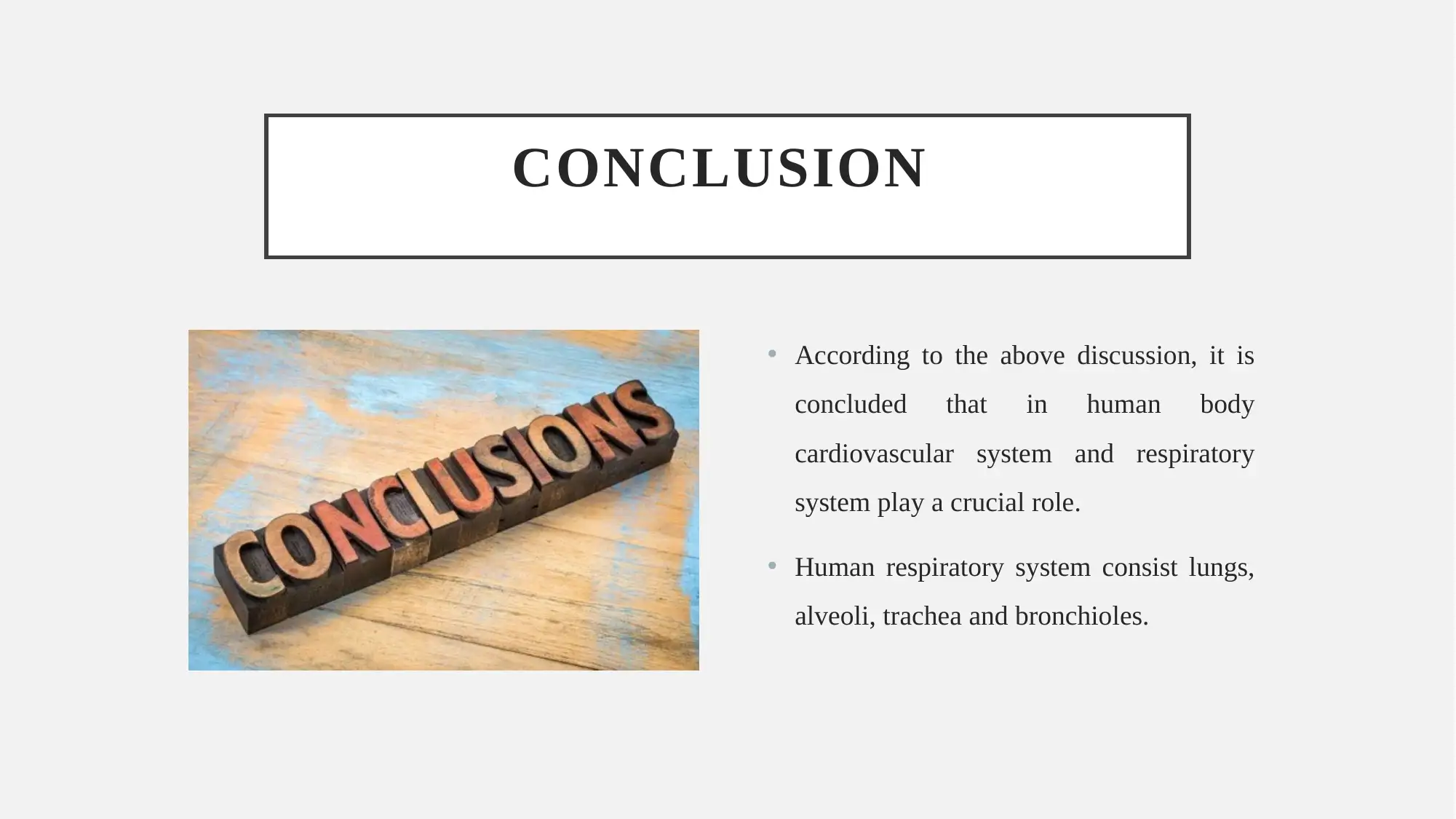
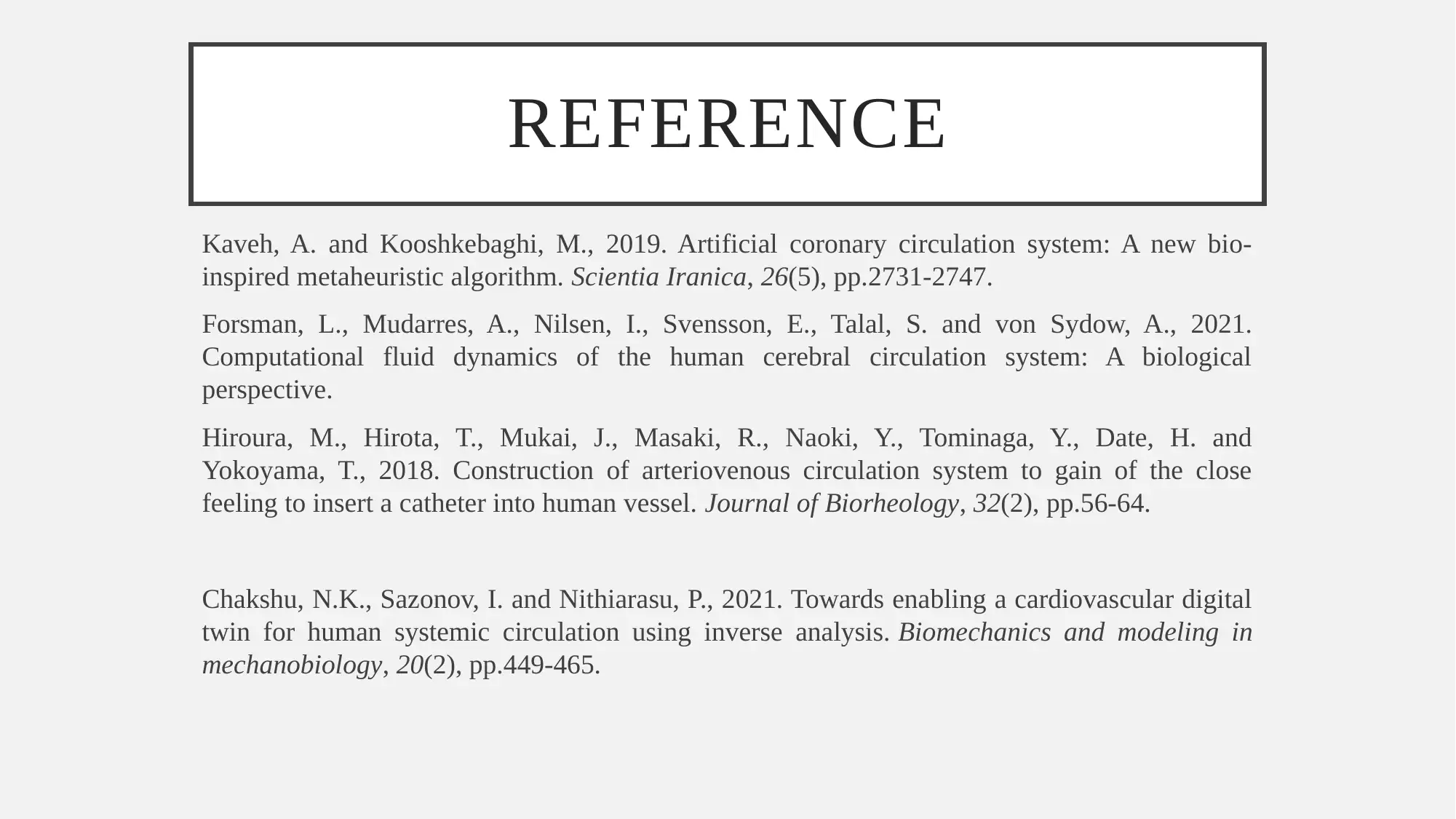
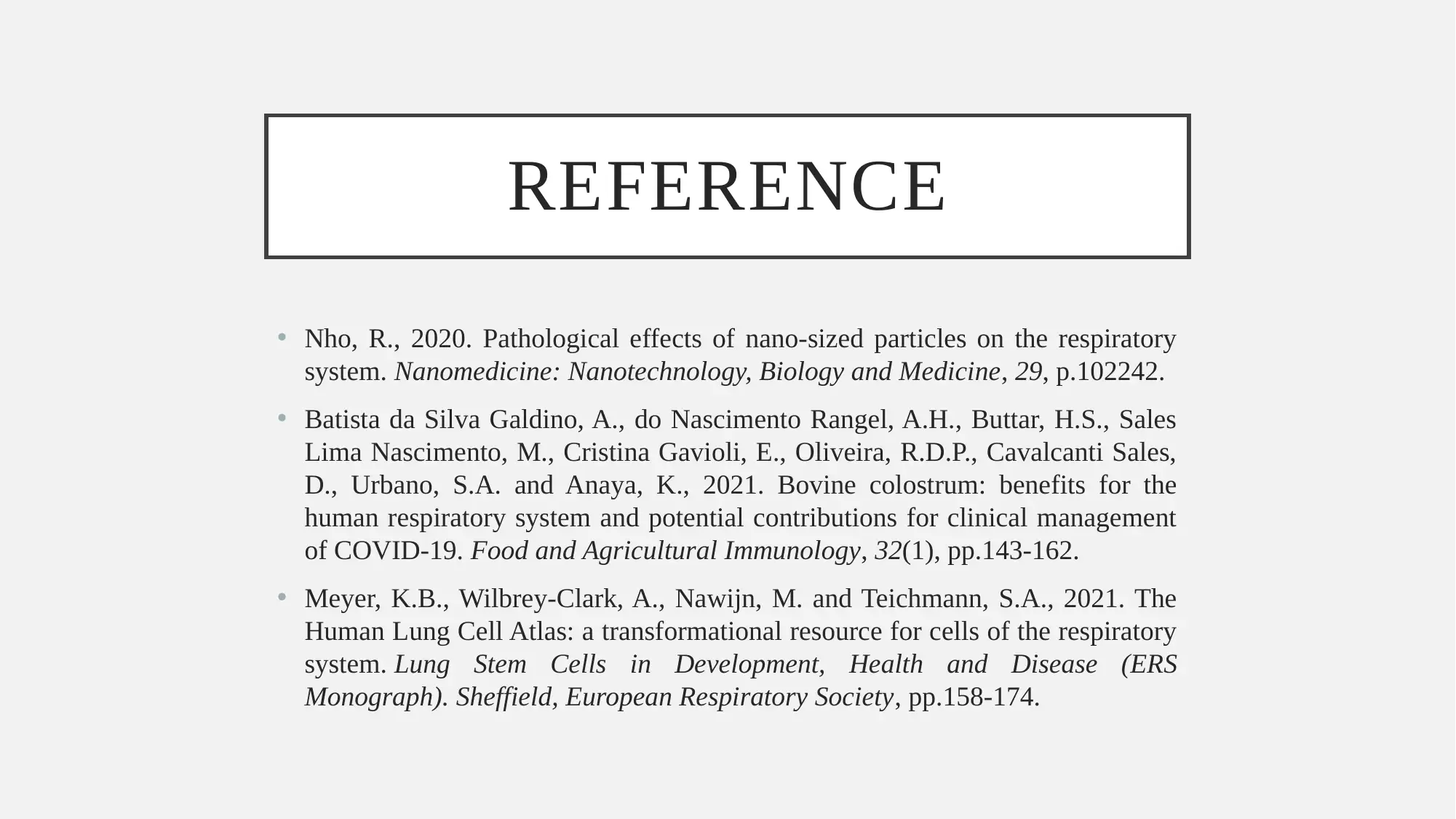






![[object Object]](/_next/static/media/star-bottom.7253800d.svg)